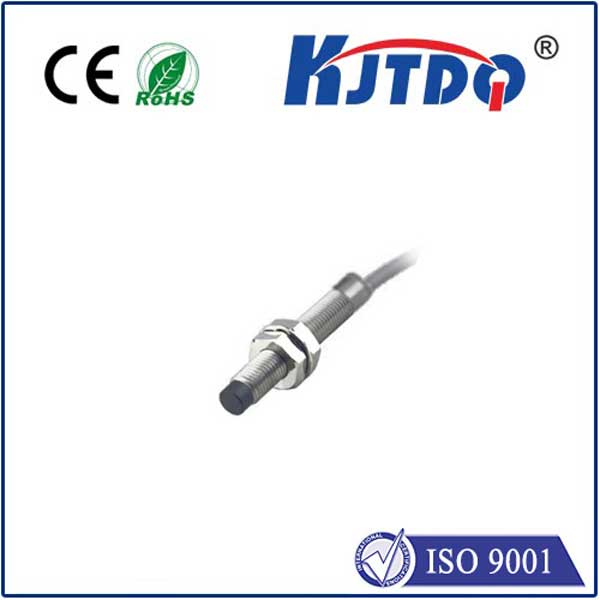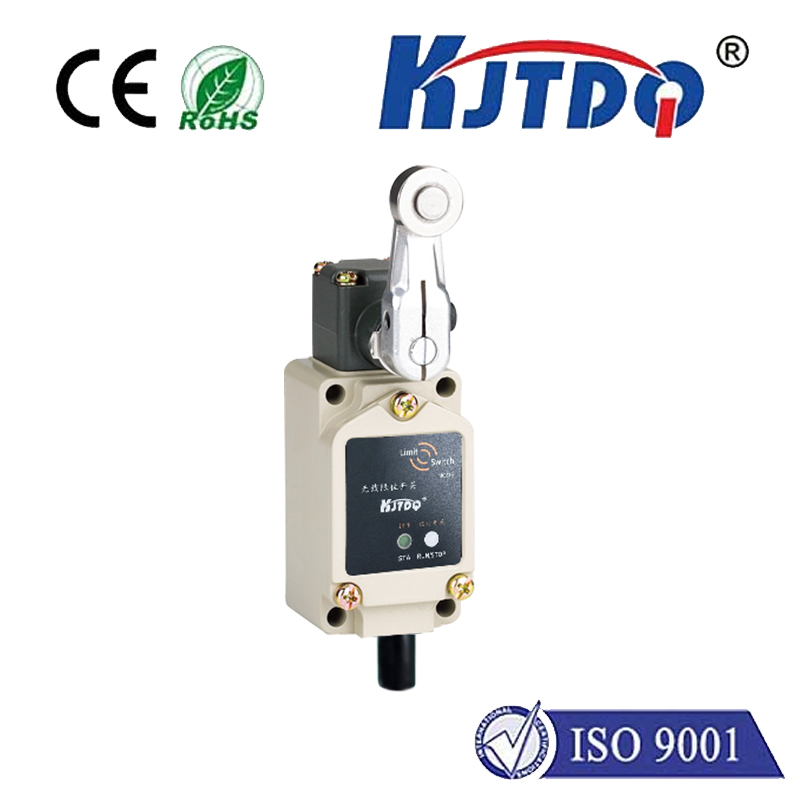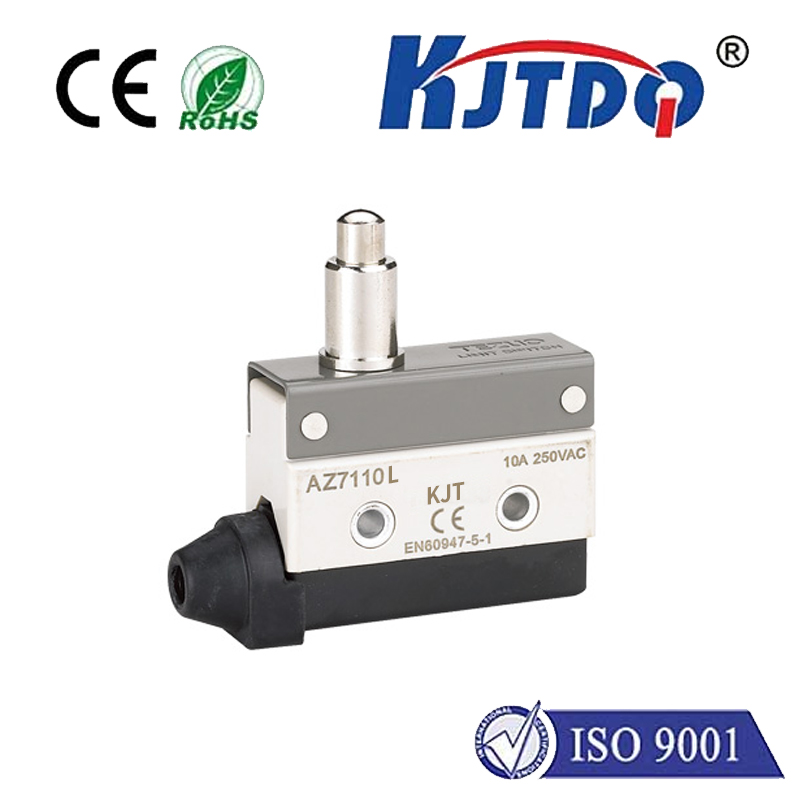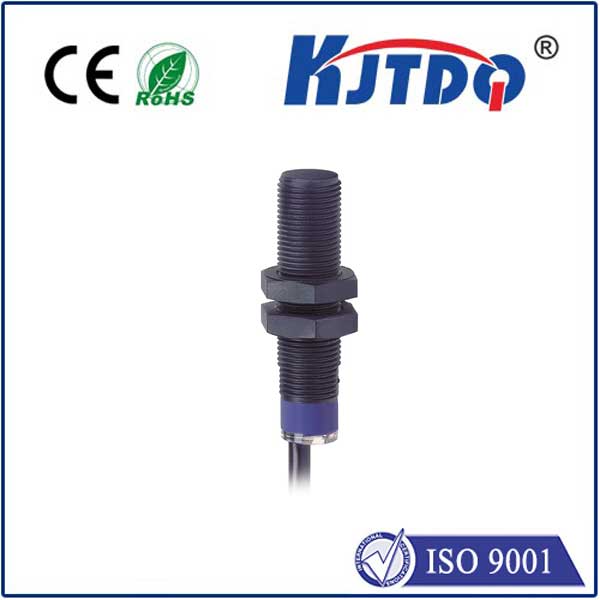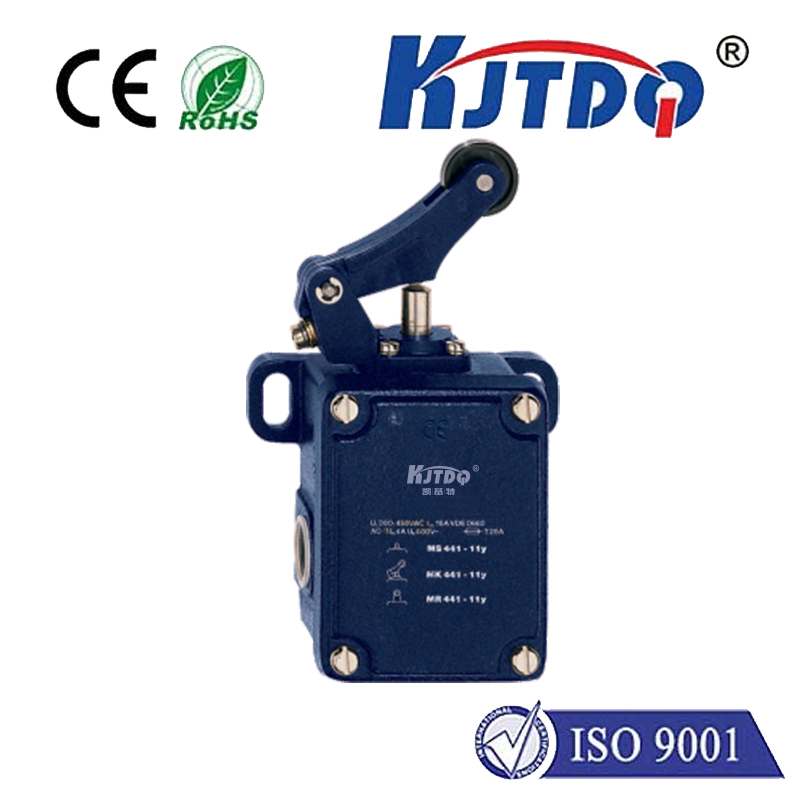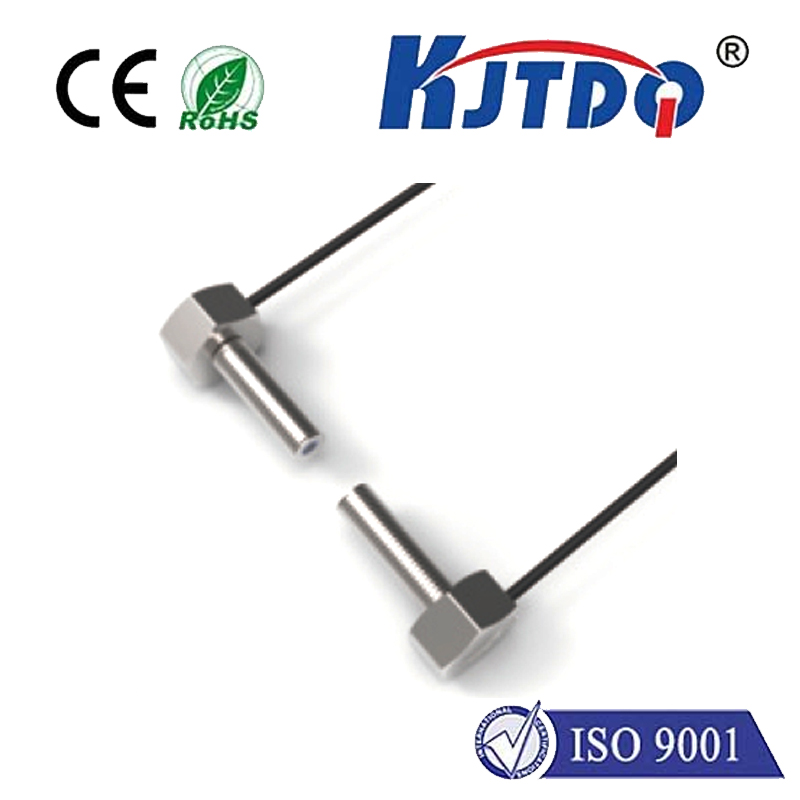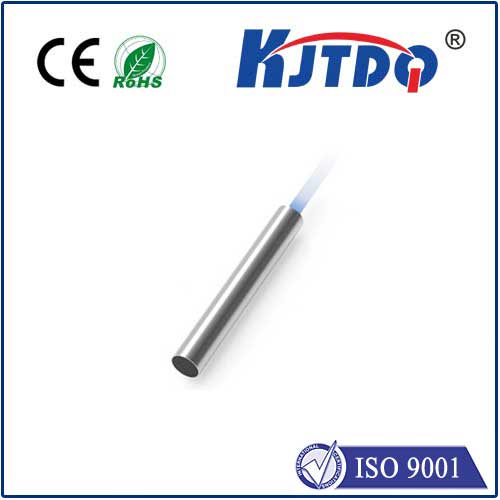датчик приближения самолёта
- time:2025-06-17 00:36:18
- Нажмите:0
The Unseen Guardians: How Aircraft Proximity Sensors Keep Skies Safe
Imagine a bustling airport like San Francisco International. A massive airliner descends through thick fog on final approach. Unseen by the pilots in the cockpit, a smaller regional jet is taxiing across the very runway they’re targeting. Decades ago, this scenario might have ended in catastrophe. Today, a complex network of electronic eyes constantly scans the skies and tarmac, providing pilots and air traffic controllers with a vital layer of awareness. These are aircraft proximity sensors – the silent sentinels working tirelessly to prevent mid-air collisions and ground incursions, making modern air travel astonishingly safe. But how exactly do these systems function, and why are they so critical?
At their core, aircraft proximity sensors are sophisticated technologies designed to detect the presence, distance, relative speed, and direction of other aircraft, obstacles, or terrain in the vicinity of an airplane. Their primary mission is unequivocal: prevent collisions. Whether in the crowded airspace near major hubs or during low-visibility approaches, these systems provide essential data that human senses alone cannot always perceive, especially at high speeds or in adverse weather.
Why Detection is Non-Negotiable
The consequences of an aircraft collision are universally understood to be catastrophic. While stringent air traffic control procedures and pilot training form the bedrock of safety, human factors and limitations persist. Visual separation becomes impossible at night, in clouds, or over vast oceans. Radio communication can be misinterpreted. This is where proximity detection systems become indispensable, offering:
- Enhanced Situational Awareness: Providing pilots and controllers with real-time information about nearby traffic or obstacles they might not see.
- Early Warning: Alerting crews to potential conflicts with sufficient time to initiate safe avoidance maneuvers.
- Reduction of Human Error: Acting as a crucial backup layer to human vigilance and procedures.
- All-Weather Capability: Functioning effectively in conditions where visibility is severely degraded.
The Technological Arsenal: How Sensors “See”

Modern aircraft employ a diverse array of sensing technologies, each with unique strengths, working individually or fused together for maximum reliability:
- Radar-Based Sensors (TCAS/ACAS): The most well-known system is the Traffic Alert and Collision Avoidance System (TCAS), also known internationally as ACAS (Airborne Collision Avoidance System). These are proximity warning systems mandated on larger commercial aircraft. TCAS interrogates transponders on nearby aircraft, calculating their relative position, altitude, and velocity. If a potential collision threat is identified, it issues increasingly urgent alerts (“Traffic, Traffic!” then “Climb! Climb NOW!” or “Descend! Descend NOW!”) providing pilots with direct vertical avoidance instructions. This is arguably one of the most significant safety advancements in aviation history.
- LIDAR (Light Detection and Ranging): Using pulsed laser light, LIDAR sensors create highly accurate 3D maps of the surrounding environment. While perhaps more common on autonomous drones currently, LIDAR holds immense potential for future large-scale aircraft obstacle detection, especially for identifying terrain, structures, or even wake turbulence with high precision.
- Electro-Optical/Infrared (EO/IR) Sensors: These function like highly advanced cameras. EO sensors work with visible light, while IR sensors detect heat signatures. They are excellent for visual confirmation of targets detected by other systems, aiding in identification, and can be particularly effective during low-light conditions using IR.
- Acoustic Sensors: While less common for primary collision avoidance on large aircraft, acoustic sensors can detect specific sounds, like the unique acoustic signature of helicopter blades or ground vehicles, offering another data point, especially useful for rotary-wing aircraft or ground operations.
- Ground-Based Systems (ASDE-X, MLAT): It’s crucial to remember that proximity awareness isn’t solely onboard. Airport Surface Detection Equipment (ASDE-X) uses radar and multilateration (MLAT) to track aircraft and vehicles on the ground, displaying their positions to controllers to prevent runway incursions – a critical aspect of airport safety.
The Challenge: Integration and the SWaP-C Equation
Integrating multiple detection technologies onto an aircraft isn’t trivial. Engineers constantly grapple with the SWaP-C challenge: Сize, Вeight, Power, and Сost. Every added system must justify its presence against these constraints. This drives innovation towards:
- Sensor Fusion: Combining data from radar, EO/IR, LIDAR, and other sources to create a single, comprehensive, and more reliable picture of the surroundings, reducing false alarms and missed detections.
- Miniaturization: Developing smaller, lighter sensors with lower power demands.
- Advanced Processing: Utilizing powerful onboard computers and sophisticated algorithms to interpret sensor data faster and more accurately.
The Life-Saving Impact
Evidence for the effectiveness of aircraft proximity sensors, particularly TCAS/ACAS, is overwhelming. Studies by aviation authorities like the FAA and EASA consistently show that these systems prevent numerous potential mid-air collisions annually. TCAS Resolution Advisories (RAs) are estimated to prevent a significant collision every 10 days on average globally. They are truly digital guardian angels, intervening when human senses or procedures reach their limit.
Beyond mid-air threats, runway safety systems leveraging ground-based sensors have dramatically reduced the risk of catastrophic collisions during takeoff and landing phases – historically the most accident-prone segments of flight.
The Future: Smarter Eyes in the Smarter Sky
The evolution of proximity sensing continues rapidly:
- ADS-B Integration: While not a sensor itself, Automatic Dependent Surveillance-Broadcast (ADS-B) significantly enhances situational awareness by allowing aircraft to broadcast their precise position (via GPS) to other aircraft and ground stations. This complements traditional radar and TCAS, especially in remote areas.
- Artificial Intelligence & Machine Learning: AI is poised to revolutionize threat assessment, predicting potential conflicts earlier and more accurately, optimizing avoidance maneuvers, and further reducing false alerts.
- Next-Gen ACAS (ACAS X): This new generation system uses more sophisticated modeling and can incorporate ADS-B data, offering more tailored resolutions and potentially horizontal guidance.
- Bird Strike Mitigation: Advanced sensors are also being explored to detect flocks of birds, a significant hazard, allowing pilots more time to react.
- Urban Air Mobility (UAM): The burgeoning drone and air taxi industry relies entirely on highly advanced, miniaturized, and fused proximity sensors for safe operation in complex urban environments.
Выводы
Aircraft proximity sensors are far more than just pieces of avionics; they are fundamental pillars of the aviation industry’s extraordinary safety record. From the ubiquitous TCAS beeping in airline cockpits to the advanced sensor suites enabling autonomous flight, these technologies continuously scan, calculate, and warn. They bridge the gap between human perception and the complex, three-dimensional reality of flight. As airspace becomes increasingly crowded and new forms of flight emerge, the relentless advancement of these unseen guardians – sharper, smarter, and more integrated – will remain paramount in ensuring that the miracle of flight stays among the safest ways to travel.


